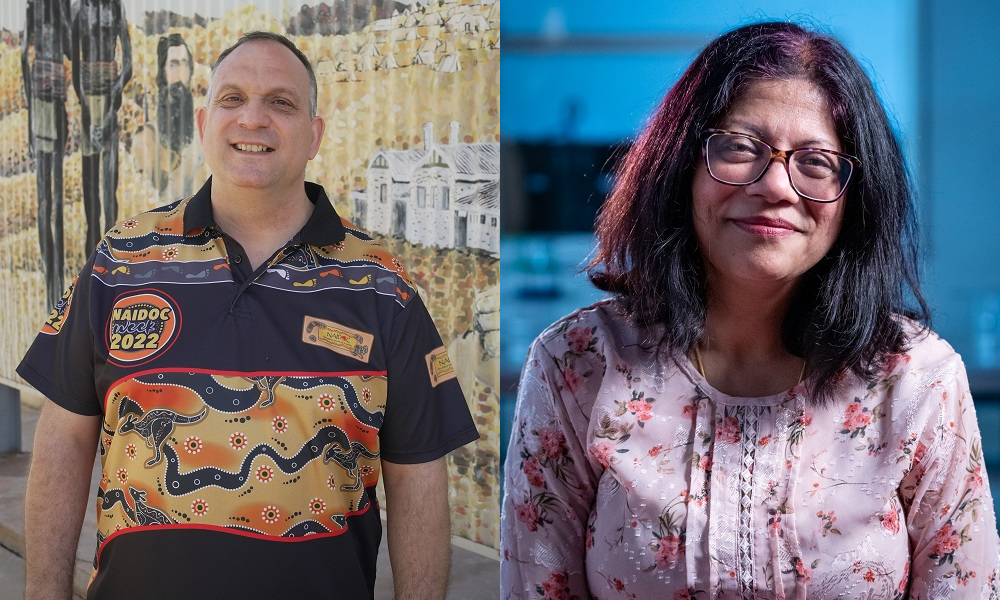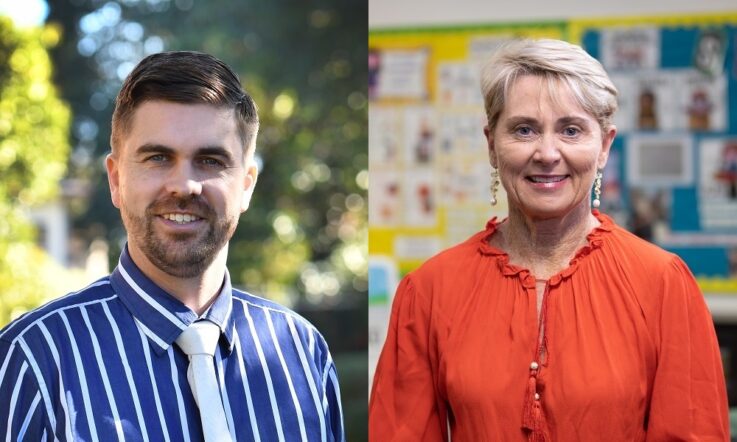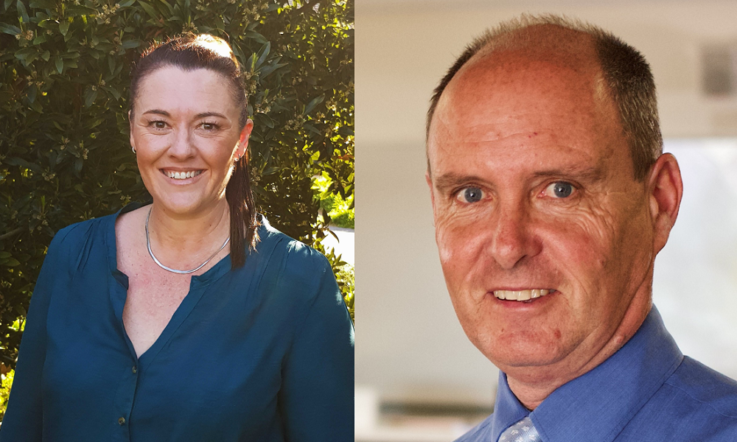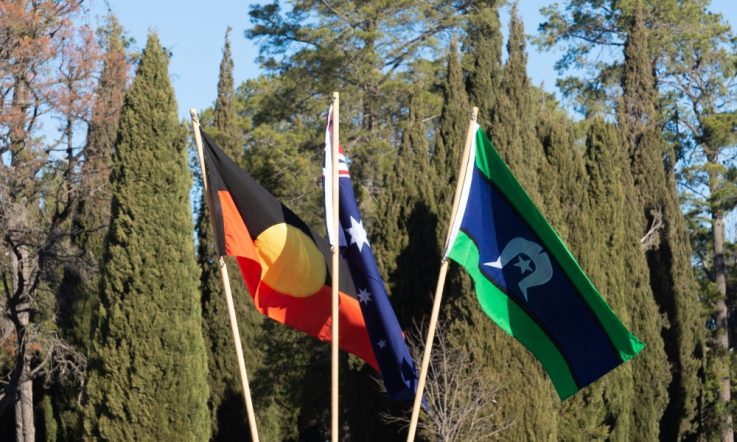At an award ceremony in Canberra last night, one primary and one secondary school teacher were recognised for their contributions to Science education by being named winners of the Prime Minister’s Prize for Excellence in Science Teaching.
George Pantazis, from Marble Bar Primary School in Western Australia, was named winner of the Prime Minister’s Prize for Excellence in Science Teaching in Primary Schools and Veena Nair, from Viewbank College in Victoria, was named winner of the Prime Minister’s Prize for Excellence in Science Teaching in Secondary Schools.
Each have received $50 000 prize money. Here, we share just some of the work they’re doing in their school communities to improve student outcomes in Science.
George Pantazis, Marble Bar Primary School, Western Australia
Pantazis is the STEM Coordinator at Marble Bar Primary School, located in the East Pilbara region of Western Australia. After he found out the local Nyamal language was spoken by fewer than 10 people, he consulted with the community to integrate the language into the STEM program.
It’s just one element to the 2-ways STEM program he has implemented at the school.
‘I have observed the insatiable appetite for preserving and showcasing the East Pilbara’s cultural wisdom, utilising Mr Pantazis’ curriculum innovation in STEM,’ Marble Bar Primary School Principal, Shane Wilson, says. ‘Marble Bar Primary School’s geographical isolation has been overcome by Mr Pantazis leading a network that is showcasing the East Pilbara’s culturally responsive pedagogy to a global audience.’
Pantazis has also used various forms of technology – including virtual reality (VR), 3D printing and drones – in the STEM program, which has allowed the community to showcase their culture and knowledge around the world. For example, he has created a VR gallery of Australian flora and fauna in the local Nyamal language, and worked with students to produce the only copyrighted digital First Nations seasonal calendar in Western Australia which depicts the seasons of the East Pilbara region. His work also extends to collaborating with other schools in Western Australia to assist them in integrating his STEM program.
‘We need to remember that technology is not to be feared. It is an amazing educational tool that connects communities,’ Pantazis says.
‘This Prize wouldn’t be possible without the support of our teachers and the community, in particular the Nyamal people and their Elders.’
Veena Nair, Viewbank College, Victoria
Nair is Head of Technology and STEAM Project Leader at Viewbank College in Melbourne’s northern suburbs. She is passionate about increasing student participation in STEM, particularly of females and those from different cultural backgrounds.
Nair also works to provide students with real-world learning opportunities and industry connections. For example, she has led the development of many electives at the school (including 3D printing and emerging technologies) and she also organises a biannual STEAM Futures Conference where industry specialists, teachers and students can discuss STEM careers and new developments in the field.
She has also made a difference to the post-school pathways of students. Under her leadership, the number of students studying STEAM subjects at university has increased, and she also wrote to every university in Victoria to advocate for recognising VCE Systems Engineering as a relevant bonus subject for undergraduate Engineering courses, which led to this change at most universities.
Nair has also supported the Young Persons’ Plan for the Planet program. This is a STEM-based program that gives students the opportunity to engage with the UN’s Sustainable Development Goals at a global level. Through her involvement in this program, she led a team of Australian teachers to conduct STEAM workshops for teachers in low socio-economic schools in India, the country she began her teaching career in.
‘I hope this prize helps me to go even further, especially in developing the Young Person’s Plan for the Planet by taking it to more areas where we can develop students’ understanding of each other across boundaries and cultures,’ Nair says.
Related content: In this article from Chris Matthews, Chair of the Aboriginal and Torres Strait Islander Mathematics Alliance (ATSIMA), explains the value of 2-ways learning in education.
George Pantazis has been recognised for using 2-ways learning at Marble Bar Primary School. As a Science teacher, are you familiar with the concept of 2-ways learning and the meaningful outcomes it can bring for First Nations students?
Veena Nair organises a biannual conference to give students the opportunity to connect with industry specialists. As a Science teacher, what initiatives do you have in place to connect students with industry? Are there any improvements you can make for 2023?



